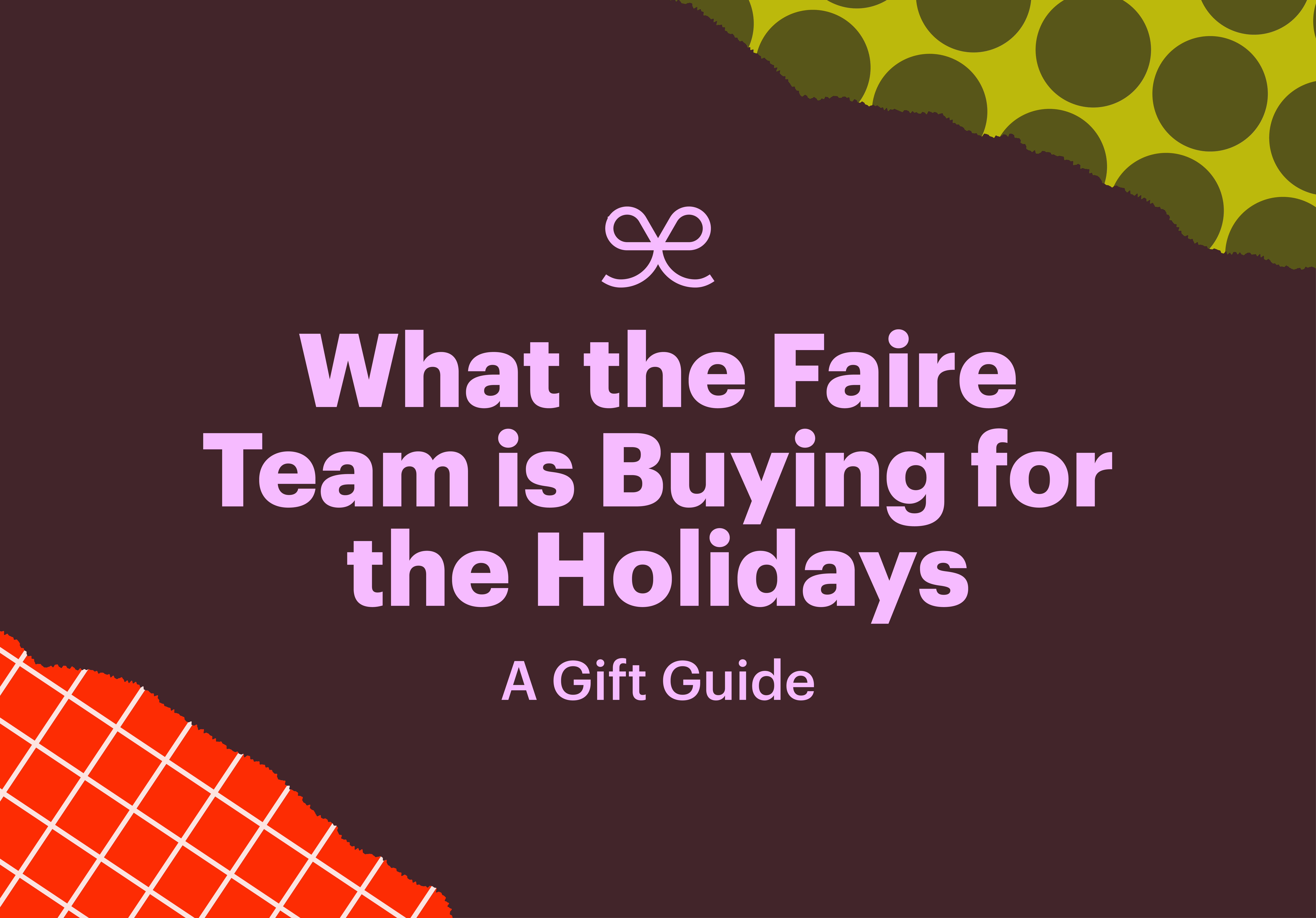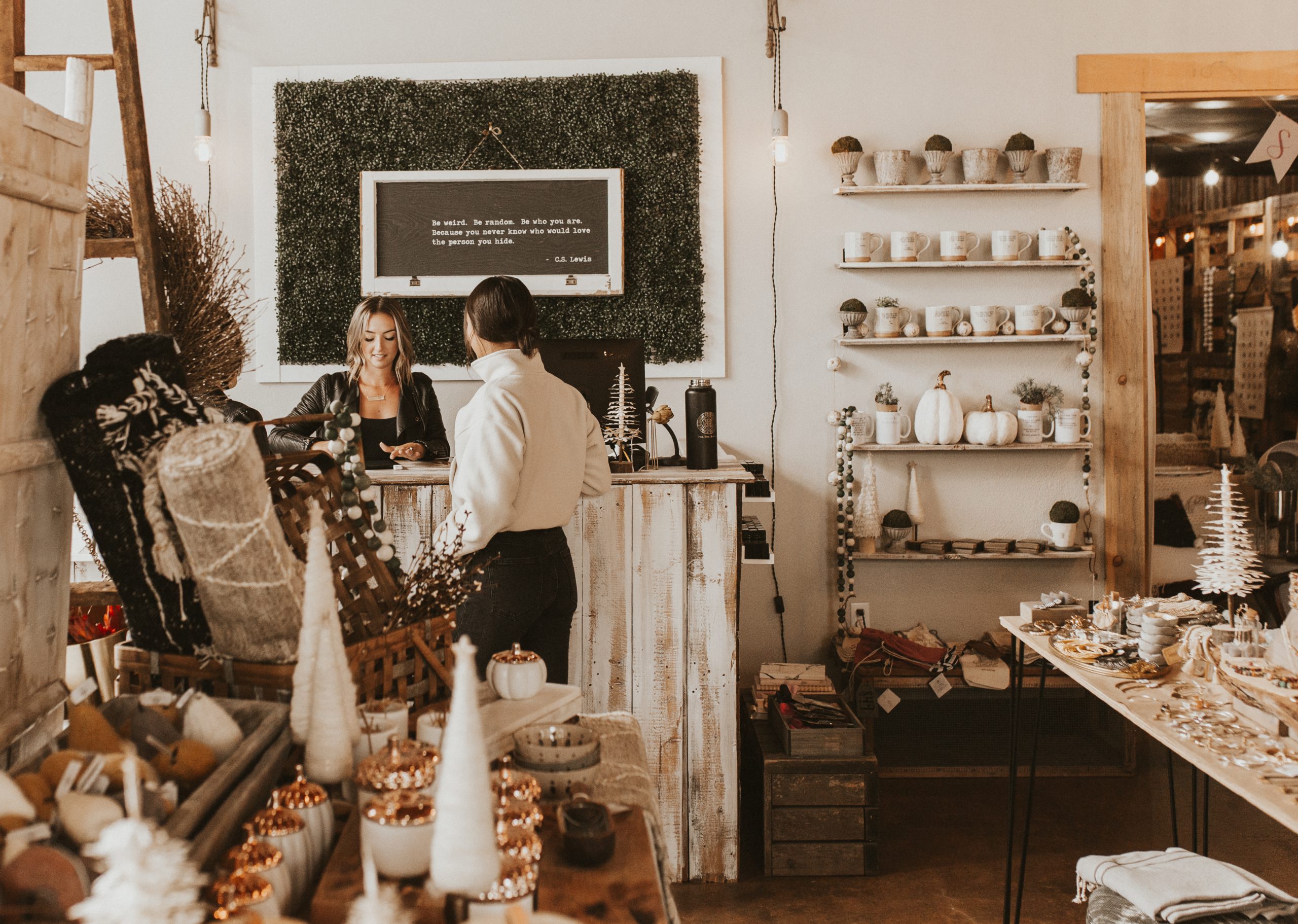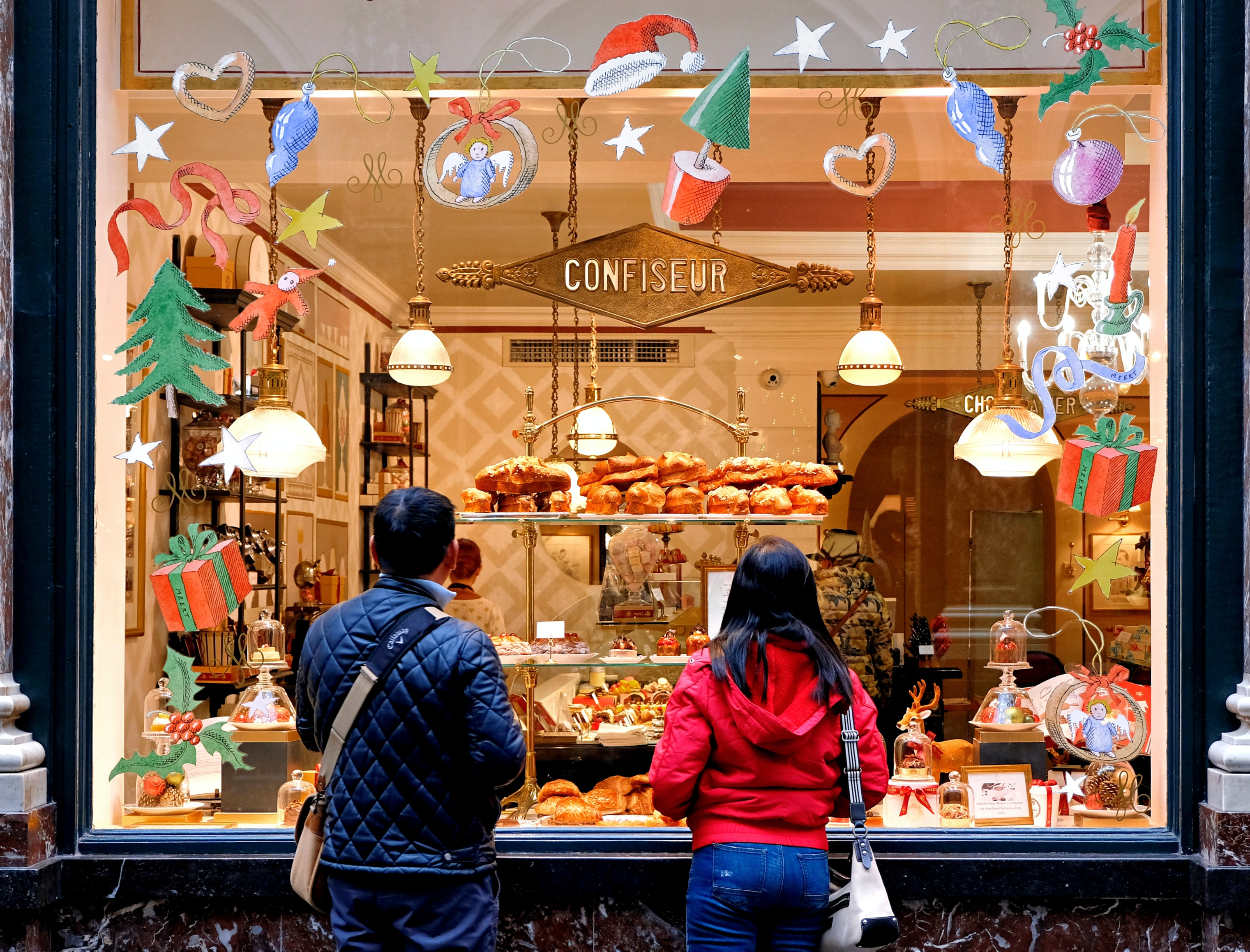

If the past three years have taught us anything, it’s that change is constant. And this year’s holiday season will be no different. According to the 2022 Peak Trends study from UPS company Ware2Go, nearly 70% of consumers are pushing up their holiday shopping and three-quarters of them plan to purchase fewer or lower-priced gifts. And in response, 68% of small businesses are shifting their buying strategy.
Coming out ahead this winter will require savvy in regard to perfecting your inventory. Retailers must think critically about how and what they buy to curate a shop that’s compelling to customers with inventory that will maintain appeal through the winter and beyond. Below, we’re sharing what you’ll need to do just that.
1. Stock your bestsellers early
We know that customers are doing their shopping earlier this season—to beat both inflation-induced price increases and any possible supply chain disruptions. All the while, customers have actually become less forgiving of shipping delays than they’ve been in recent years: Ware2Go found that only 16% of them have lowered expectations of one- to two-day shipping compared to the 57% in 2021. The pandemic grace period has ended, and shoppers want their gifts on time. This means independent retailers need to be mindful of their time lines.
“In 2019, we were all about ‘just in time.’ We were conditioned to calibrate the flow of goods to be completely linked in almost real time to customer demand,” says Mark Cohen, the director of retail studies at Columbia Business School. “Stores were getting increasingly sleek with regards to their inventory loading. It made a lot of sense because inventory is cash. And then, of course, everyone got slammed with no available inventory.”
Figure out what your top sellers have been in previous years and prioritize ordering those first. The rising costs of inflation mean that some brands may be forced to increase their prices, and by ordering your must-have items first, you’ll be able to determine how much of your budget remains for the rest of your holiday inventory.
Quick tip: Schedule orders for your bestsellers in advance, and use Faire Messenger to stay in contact with your suppliers.
2. Lean evergreen
Planning ahead also means looking beyond the holiday season. What will you do if you have a warehouse of holiday-themed inventory that you can no longer move? That’s why retailers should consider ordering less seasonal-specific items in lieu of evergreen bestsellers. In other words, buy items that will still be desirable after December. Instead of purchasing tablecloths with red Santa Claus prints, purchase red tablecloths that can be repackaged and repurposed for Valentine’s Day or Independence Day after the holiday season has ended.
“If a portion of [your inventory] is more evergreen in nature or defies the season, it allows you to make a big statement without having as much of your inventory become stale,” says Lauren Cooks Levitan, chief financial officer at Faire.
Saddled with excess inventory or backstock? Get creative with your marketing and use visual merchandising to position your products as excellent holiday gifts.
Quick tip: Visit the Faire Gift Guide for wholesale gift ideas curated by buyer persona, rather than by season. Then, use the lead-time search filter to find out which brands can get you products faster.
3. Embrace your agility
The ability to stay nimble can make or break small retailers this season. You want to be able to make decisions quickly but also pop those moves into reverse if conditions change. Think of yourself as a speedboat that can shift course on a dime compared to an ocean freighter where such decisions have to be gradually executed.
Being a small, agile, independent retailer is a huge advantage…You have the ability to quickly react to trends.
Lauren Cooks Levitan, chief financial officer at Faire
Being part of a marketplace that allows you easy access to a vast network of suppliers mitigates the risks of longer-than-usual lead times and supply chain backups. A supplier not coming through on a deal? You can quickly make contact with a new one if you’re part of a liquid marketplace.
“Being a small, agile, independent retailer is a huge advantage,” says Cooks Levitan. “If you have 50 stores, and one of your vendors cancels or has supply chain challenges, you are going to have a void in your merchandise plan. But for smaller retailers on Faire, if one brand can’t ship to you, there’s another who can. And this is your chance to try something different and something new.”
Independent retailers are uniquely positioned to lean into trends and chase products that are really working for your store. If sage green becomes the new “it” color of winter, you can shift gears to accommodate that. But a 300-store retail chain would have needed to know of that trend six months in advance to compete.
“It’s much harder for a large retailer to do things like that,” says Cooks Levitan. “You have the ability to react quickly to trends.”
Marketplaces where you can return items can be a game changer. This allows you to experiment within reason and simply return the items that aren’t resonating with your audience.
Quick tip: Place smaller orders more frequently (as opposed to larger ones seasonally), so you can maintain an agile buying strategy. Make sure to utilize Faire’s free 60-day returns on first orders with a brand.
4. Treat customer feedback like a gift
Your customers are your north star. Double down on the customer relationship, and you’ll stand apart from larger retailers.
“Small, independent retailers live and die by their ability to stay close to customers and treat them better than they are treated elsewhere,” says Cohen. “[You may think] you can’t beat Amazon, you can’t beat Target. But you can if you have a relationship with customers that is special.”
Examine your customer experience. Do you understand what your customers value? What keeps them coming back? Foster those connections, whether it’s through Facebook groups, email lists, Instagram, live events, or SMS marketing.
By creating a feedback loop with your consumer base, you’ll collect precious data about what products they respond to best. If there’s online chatter that proves your customers are moving toward sustainable products—which 68% of global consumers are willing to pay more for by the way—then you’re able to lean into that trend. You become more than just the purveyor, you become a curator.
“You’re the tastemaker in your market,” says Cooks Levitan. “You’re taking into account both the desires and the needs of your local customer, and you’re the one who’s able to use that information. You’re the person who knows how to shop the market and then bring back things to them that they didn’t even know they wanted.”
Quick tip: Use the “Not on Amazon” filter on Faire to locate unique, high-quality products.
The holiday shopping season can be a frenzied time. Toss in the unique challenges of this economic climate and independent retailers might feel like it’s an uphill battle. But by leaning into the advantages that come with being small, retailers can carve out a path to success this winter by curating products customers will love. And by using platforms like Faire, they can ensure access to the resources and networks they need to stay ready for what’s ahead.




